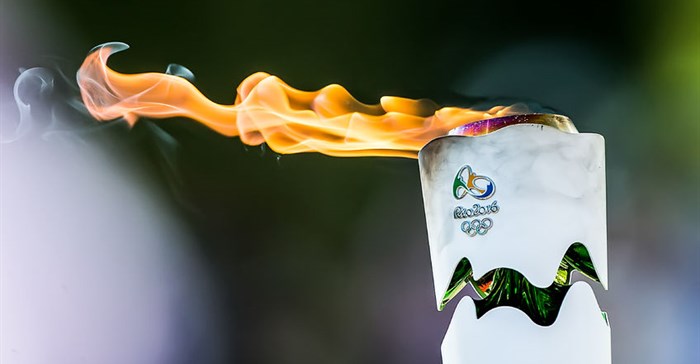
Top stories






LegalKenyan court postpones case seeking to halt Diageo's $2.3bn sale of EABL
Duncan Miriri and Emma Rumney 1 day
More news












Starting this year, the medical team will be using an electronic medical records (EMR) system to monitor their high-performance patients, which is a far cry from the record-keeping techniques when International Olympic Committee (IOC) medical and scientific director, Dr Richard Budgett, won his gold medal at the Los Angeles 1984 Olympic Games, as a member of Great Britain's coxed-four rowing team.
“If they were kept at all, a lot of records were in the doctors' heads, when I was competing. They would be kept on a piece of card or perhaps a few pieces of paper,” he says.
“The team doctor who looked after me was probably more organised than most, in that he had little cards in a box and we each had one with one or two lines about major issues or if he'd seen us for anything in particular.”
“So we had some sort of record, but it was very basic and the different physiotherapists or different doctors would generally work in a silo. There was no handover. You would just tell them what the other doctor or physio had done, and then they'd go from there. There was no joined-up progression of care. And that made it quite difficult, for both the athletes and the coaches.
With the EMR, doctors, physiotherapists and others who are looking after the athletes become part of a longitudinal care process.
“It's not individual clinicians looking after an athlete; it's a multidisciplinary team. All sorts of people, from a pharmacist, through to a dentist, sports-medicine generalist, orthopaedic specialist, radiologist, physiotherapist or masseur. An athlete may move through all those, and the EMR will allow the practitioner to see at a glance what has happened to that athlete: what investigation that they've had, what the results were, what treatment they've had and what their response has been. It's fast, seamless medical care.”
He points out that it's also medicolegally safe for the practitioners, because they're not operating in a vacuum.
The most important thing about an EMR is it provides a longitudinal surveillance. “We get surveillance through the games, which allows us to profile the most common injuries and ailments among the athletes.”
“We are encouraging institutes, national Olympic committees and squads to take up an EMR and use that throughout the four-year period between games to monitor what's happening to the athletes, how effective the treatment is by different practitioners, and to prevent injury and illness occurring in the first place, which is the priority for the IOC's Medical and Scientific Commission. We're working on in partnership with GE, to create something that could be available to all the institutions and all the squads around the world,” Budgett explains
During the games, it's about providing a medical and diagnostic service, which is fast and also really accurate, and that has a level of excellence in which everyone from all around the world can be confident.
“With this kind of back up, medical and support staff won’t have those niggling doubts about their assessment, which could really interfere with the athlete's recovery and performance, so they can go out there and do their very best,” he concludes.